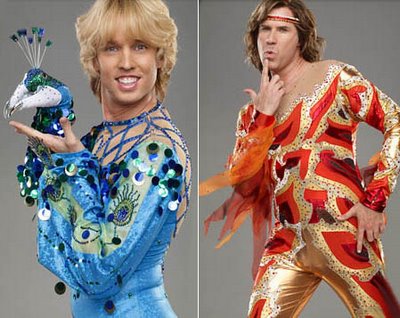To aid our research into what audiences expect from different genres, each member of my production group has produced a questionnaire about a genre, we each concentrated on a different genre. As a group we decided on four genres, romance, thriller, horror and comedy. I was chosen to complete my questionnaire on the genre of comedy, which had turned out to be our final genre when we come to create our film opening.
We each asked three quite vague questions, this was done purposely, to see the extent of different answers we would gain. I then asked the participants for three answers for each, these are my results:
- What do you expect in the first two minutes of a comedy film?
Two thirds of the people i interviewed, would expect to see opening credits amongst the first two minutes. Two out of the six people i asked expected to hear some sort of music, jazz music was mentioned. All apart from one person interviewed, expected to see something funny, suggestions included someone slipping over. The one remaining interviewee, who happened to be the eldest person i interviewed of 45, didn't expect to be laughing straight away. Other answers included, general everyday occurances, such as a conversation. The two oldest people i asked expected to see the main star of the film in these two minutes.
- What sort of main characters will there be?
Whereas the two youngest people i interviewed answers included famous comedy actors such as Ricky Gervais and Rowan Atkinson, the two oldest people i interviewed replied with character personality types. People expect to see a clown character, a sensible/serious character and a stupid character. Other answers included stereotypes, such as a drunken Irish, overweight American and a camp homosexual male.

- What kind of event to you expect to occur/begin?
All the answers i got for this question were very different, but all along the lines of something silly, stupid and funny happening. It seems that the younger people i asked, answered what they would have in their own comedy movie, such as a fight in a doughnut factory and a shot out, whereas the elder people i asked thought about what they have seen in the past regarding comedy movies. Answers included someone drunk, a car crash, someone embarrassed, people undercover, people dressed up in funny costumes and people getting hurt for laughs.
Overall i have learnt that different people of different ages, expect completely different things in comedy films. Whereas younger people expect to see famous faces, older people expect to see the common comedy stereotypes. I have also learnt that a lot of people expect to see opening credits and most, if not all people expect to see something funny in the opening. From completing this short questionnaire, i feel a lot more confident now in the task of creating my own comedy opening, as i now have an idea as to what to include, as i know what my interviewees expect from a comedy film opening. I will use this information gathered in the planning stages of our film opening, so hopefully the end result will be an opening that is clearly identifiable as a comedy genre film by our audience.
